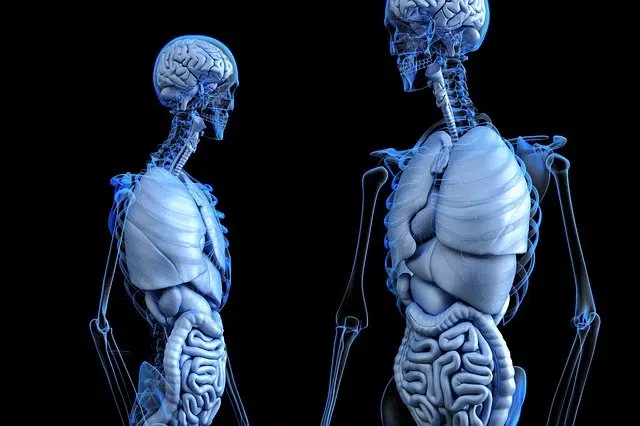
The anatomical position is linked to spatial references that allow describing the arrangement of the tissues, organs and systems of the body.
The term that we are now going to analyze is composed of two words whose etymological origin is found in ancient languages. Thus, the first word, position, we can determine that it comes from Latin and specifically from the concept positio which is the result of the sum of positus which can be translated as "position" and the suffix - ción which is defined as "action of putting".
For its part, the second word, anatomical, has its aforementioned origin in Greek where we can see that it is created from the union of several lexical components: the prefix ana – which is equivalent to “upwards”, the verb take that It is synonymous with "cut" and the suffix - ico whose meaning is "relative to."
A position is the bearing, disposition or manner of someone or something. It may be a particular disposition or situation. Anatomical , on the other hand, is what is associated with anatomy (the analysis of the structure, state and links of the different body parts).
What is anatomical position
The anatomical position , therefore, has to do with the spatial references that make it possible to describe how the tissues , organs and systems of the human body are arranged.
The study begins with the body in what is known as the standard anatomical position . The person must be standing, with the head and neck erect, the arms on both sides of the body (extended towards the floor and with the palms of the hands turned forward), and looking forward. The legs should be extended and slightly apart, with the feet and ankles also extended.
This same standard anatomical position, if the body is placed on a dissection table, implies that what was previously looking forward now looks up, while what was looking backward is currently looking down.
In addition to the aforementioned, we can establish that there are a series of anatomical positions that are considered fundamental or most important. Among them is, for example, the recumbent position, which is one that is defined because it means that the person is lying down. It also has three modes: active supine, which is when you are on your back; ventral which is when you are face down and on your belly; and the active lateral, which is what takes place when you are leaning on your side.
In the same way, in addition to the recumbent position, we find other anatomical positions such as Fowler's, semi-sitting and with the knees bent or stretched; Sims', which is characterized by being a mixture of the previously mentioned ventral and lateral active; and the Mohammedan.

The anatomical position can be studied in different ways.
Axes and planes
The anatomical position can be studied according to three axes : the vertical axis (from head to toe), the transverse axis (from side to side) and the anteroposterior axis (from front to back).
The main anatomical planes, then, are the median plane (which divides the body into two parts: left and right), the frontal planes (separate the body into anterior and posterior), the axial planes (oriented horizontally), the sagittal (perpendicular to the frontal) and oblique planes (which divide the body in a direction that is not parallel to the rest of the planes).
